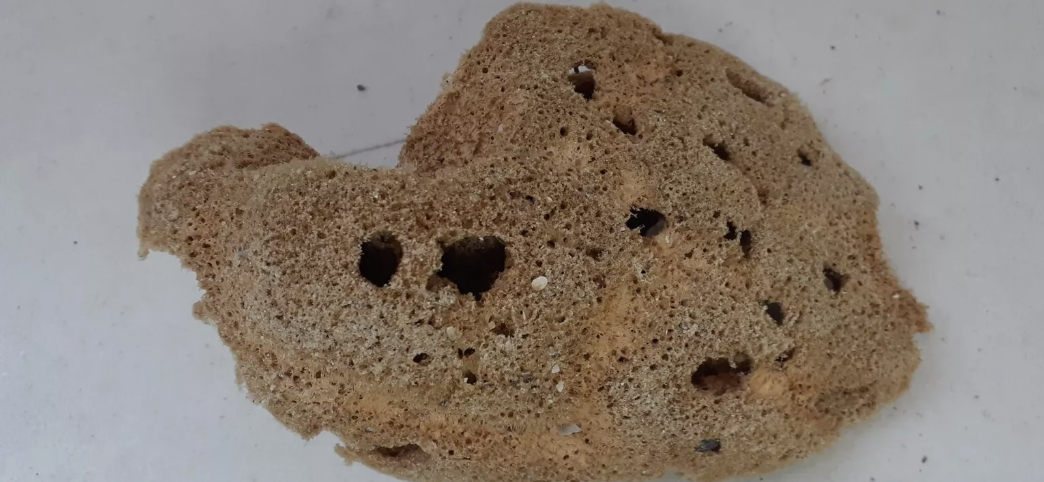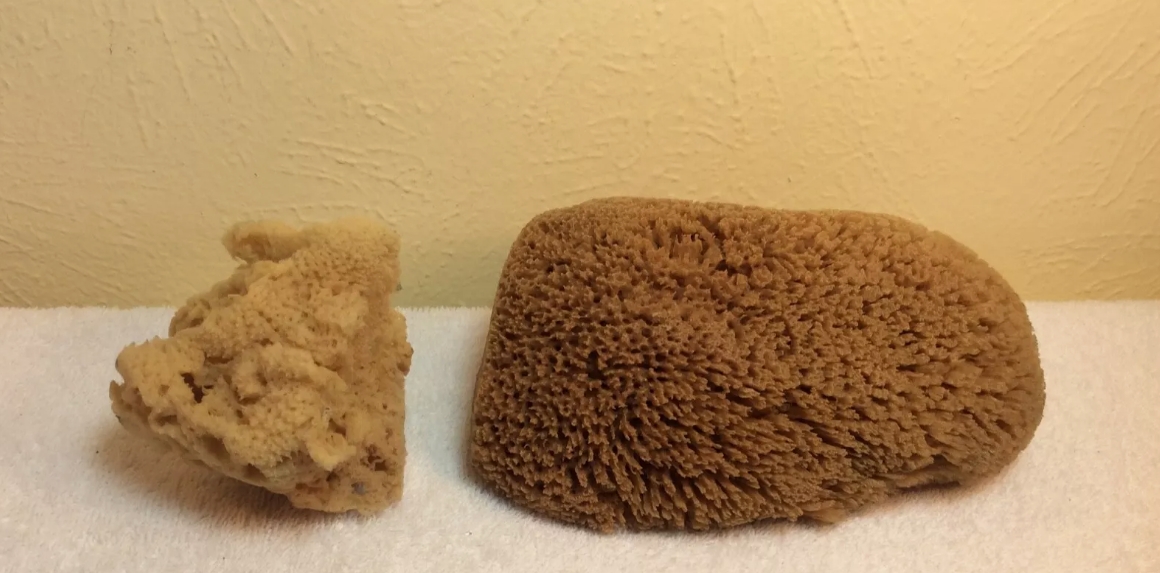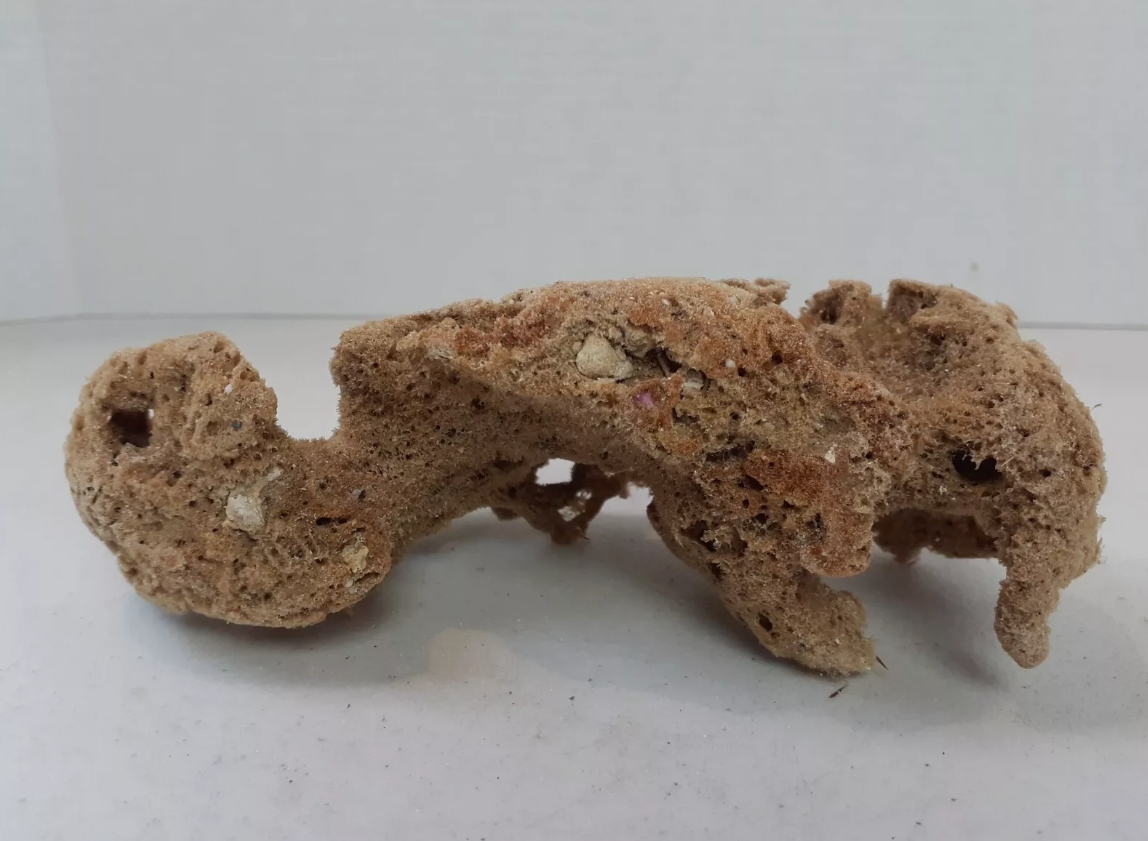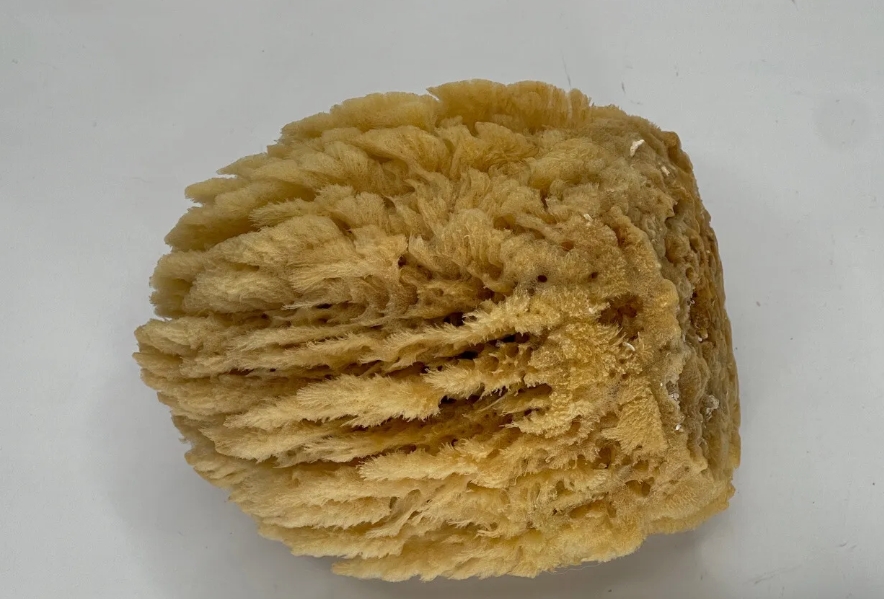Sponges are an ancient class of multicellular organisms that belong to a unique group in the animal kingdom. Its diverse forms and rich colors have attracted the attention of countless biologists. The structure of sponge is relatively simple, composed of many cells, but there is no clear tissue and organ, mainly composed of sponge matrix, needle structure and cells, forming a unique ecosystem.
Sponge specimens are not only important data for Marine ecological research, but also a window to display the diversity of Marine life. The specimen usually retains the original form of the sponge, and after proper treatment, it can be preserved for a long time in the laboratory or display place. By observing these specimens, we can reveal the morphological characteristics and living habits of sponges. Sponges carry fine particles and nutrients into their bodies by flowing water, and use special cells to filter and ingest them, demonstrating a very unique lifestyle.
Sponges play an important role in the ecosystem. They enrich microscopic organisms in the ocean, provide habitat, and act as effective filters in water bodies, improving water quality. The study of specimens not only helps scientists understand the ecological function of sponges, but can also reveal their importance in maintaining the ecological balance of the ocean.
The diversity of sponges is equally evident in their shapes and colors, and specimens often display stunning beauty. From simple tubes and cups to complex dendritic shapes, sponges in various forms demonstrate the ingenious design of nature. At the same time,the color of the sponge is also very rich,often depending on the living environment,showing a variety of colors such as yellow,red,blue, green,etc.,which is dizzying.
The collection and study of sponge specimens not only provide valuable empirical data for biology,but also provide important clues for people to understand the overall picture of Marine ecology.




